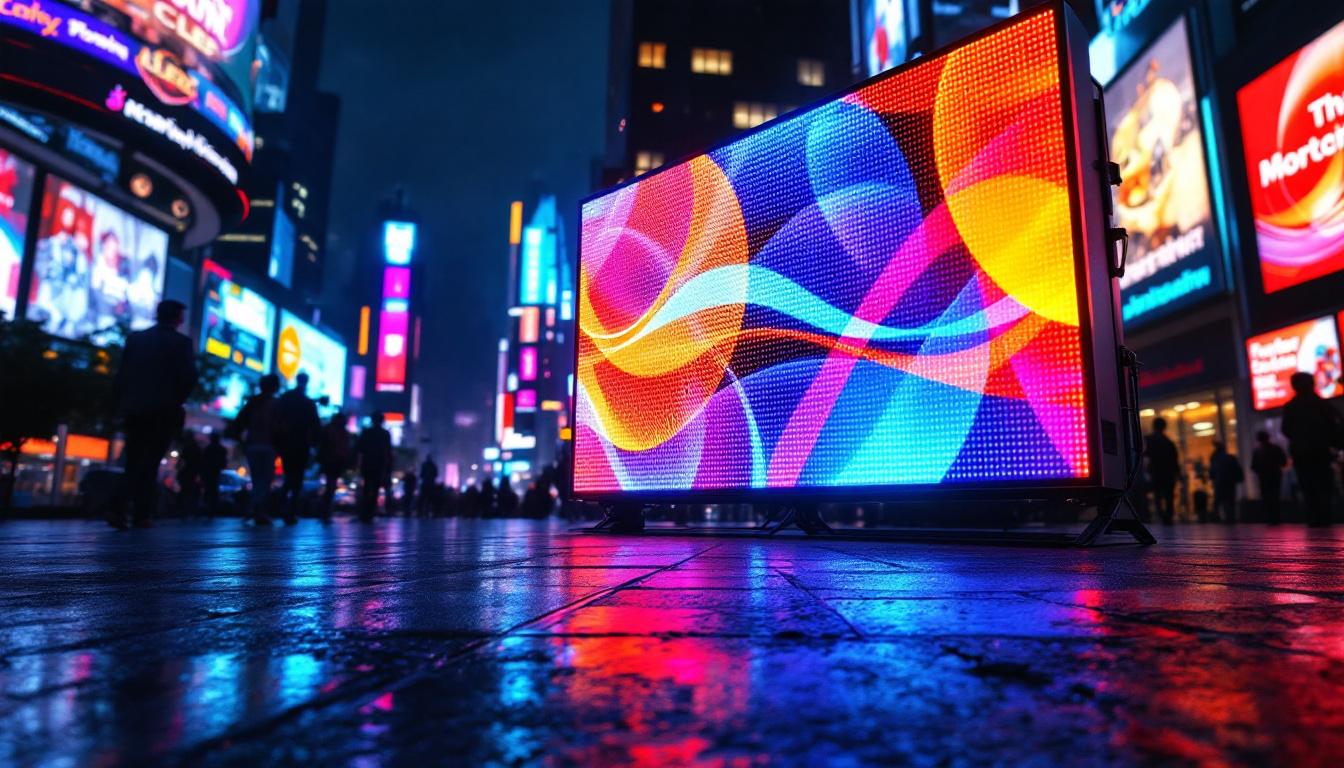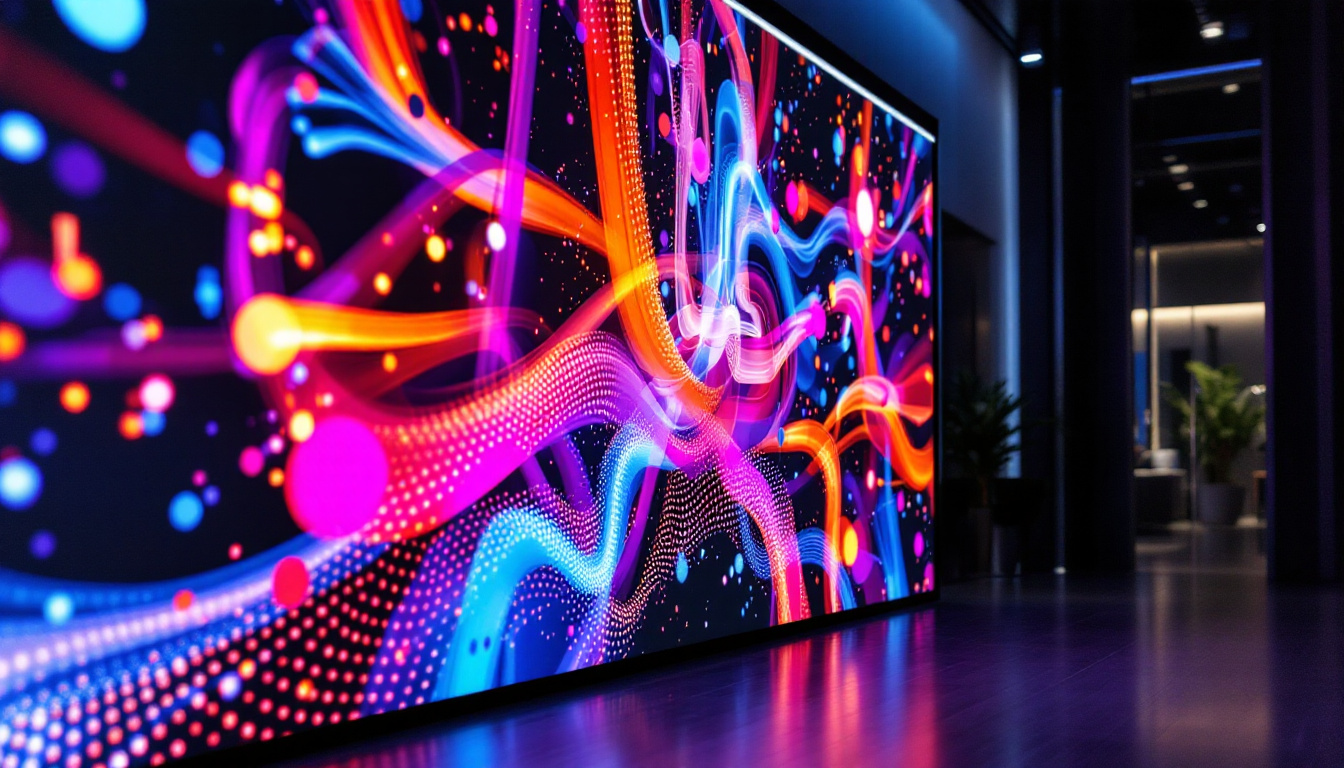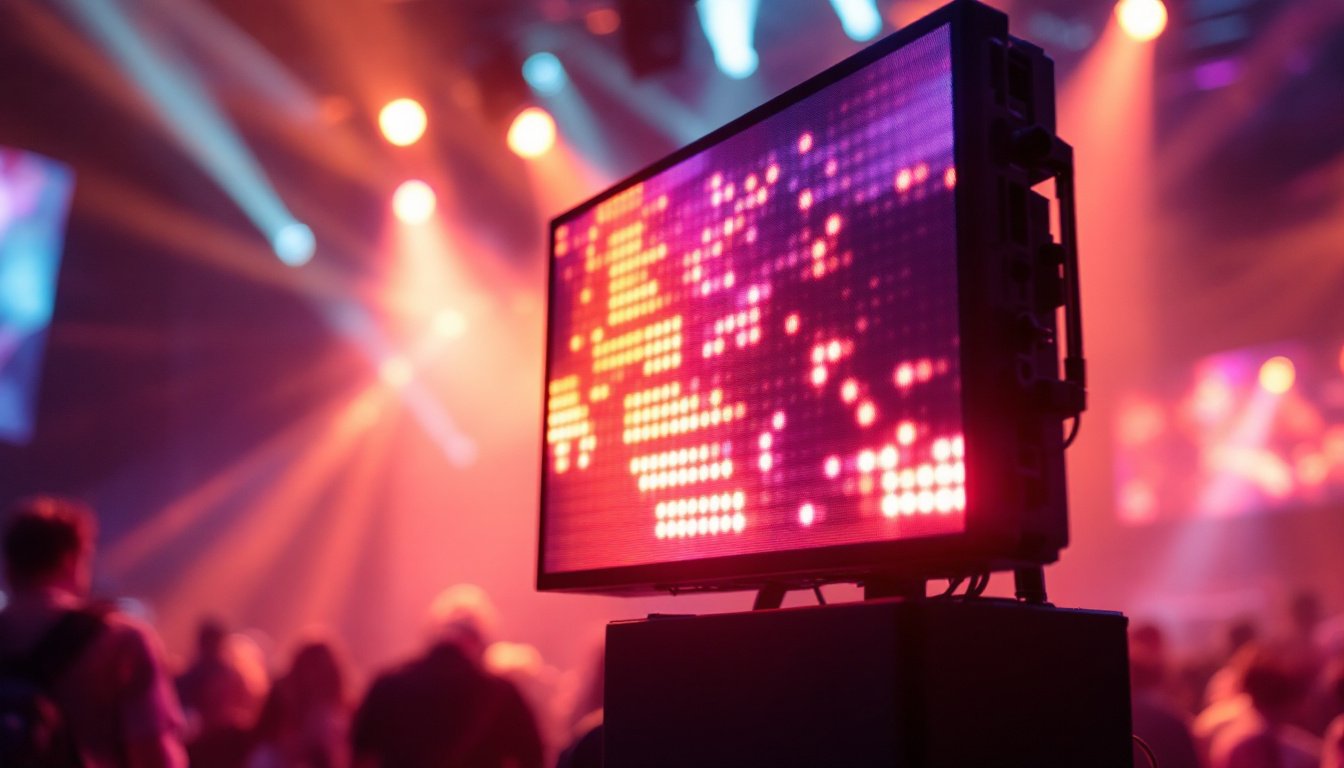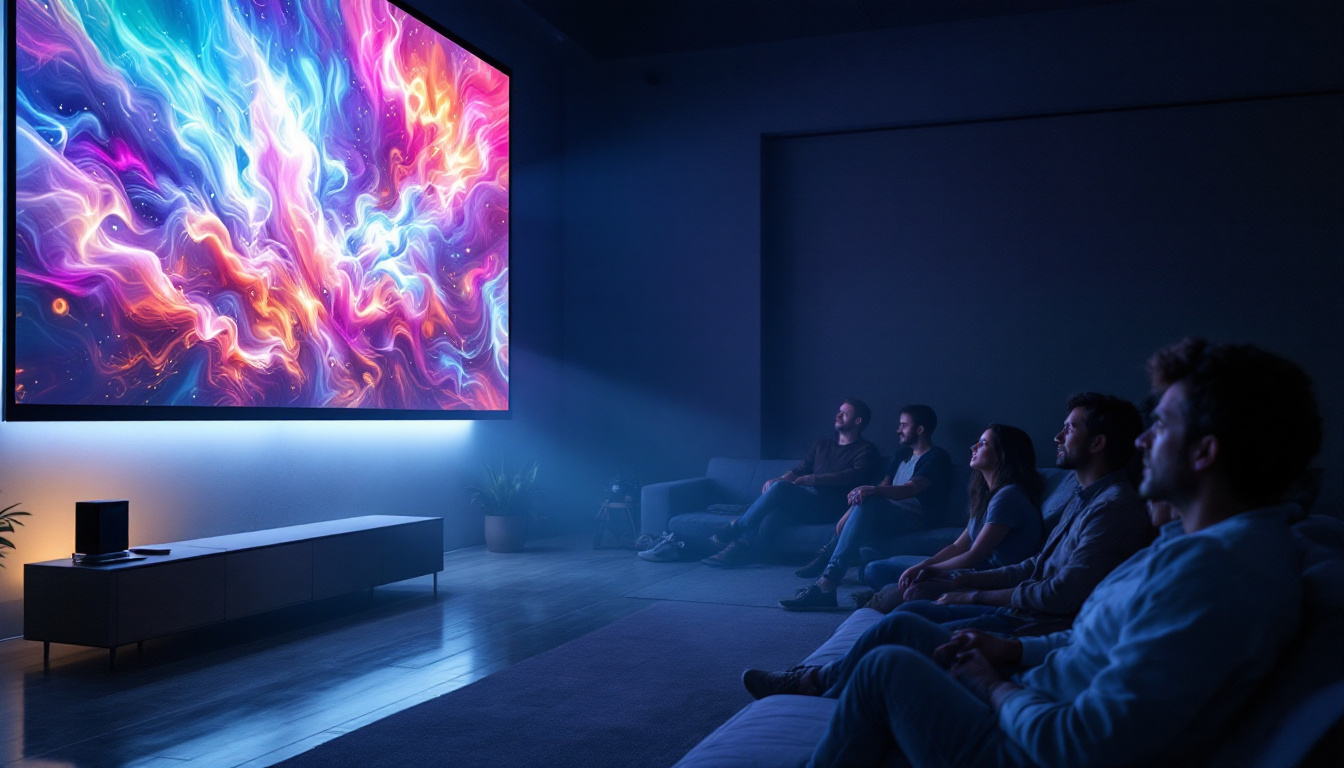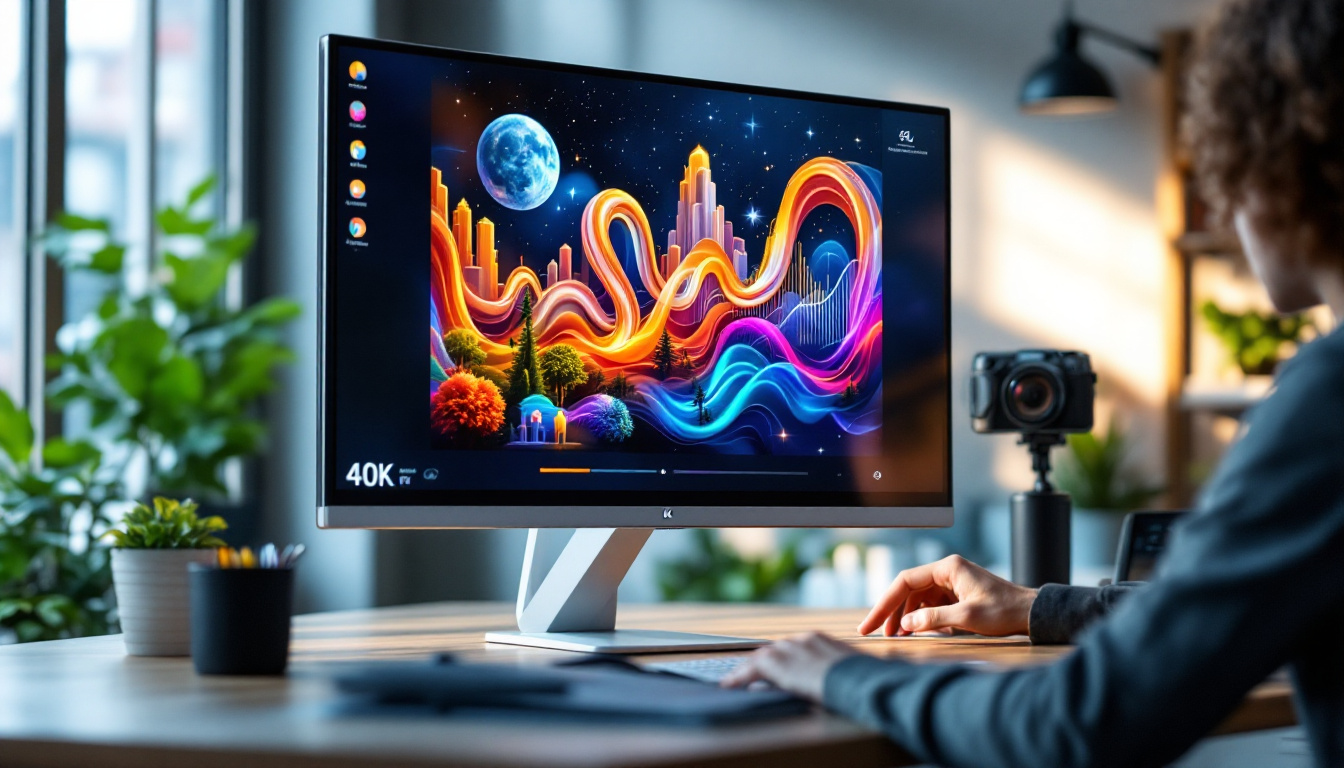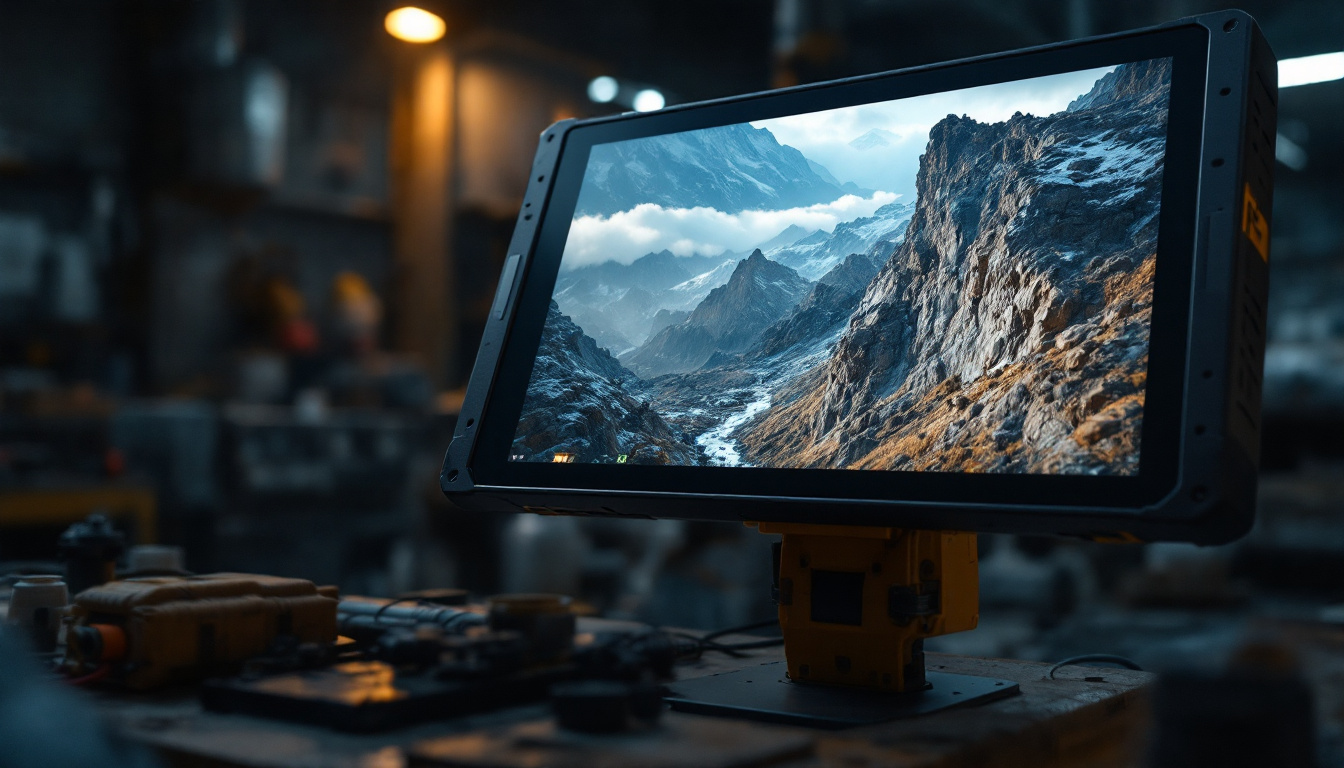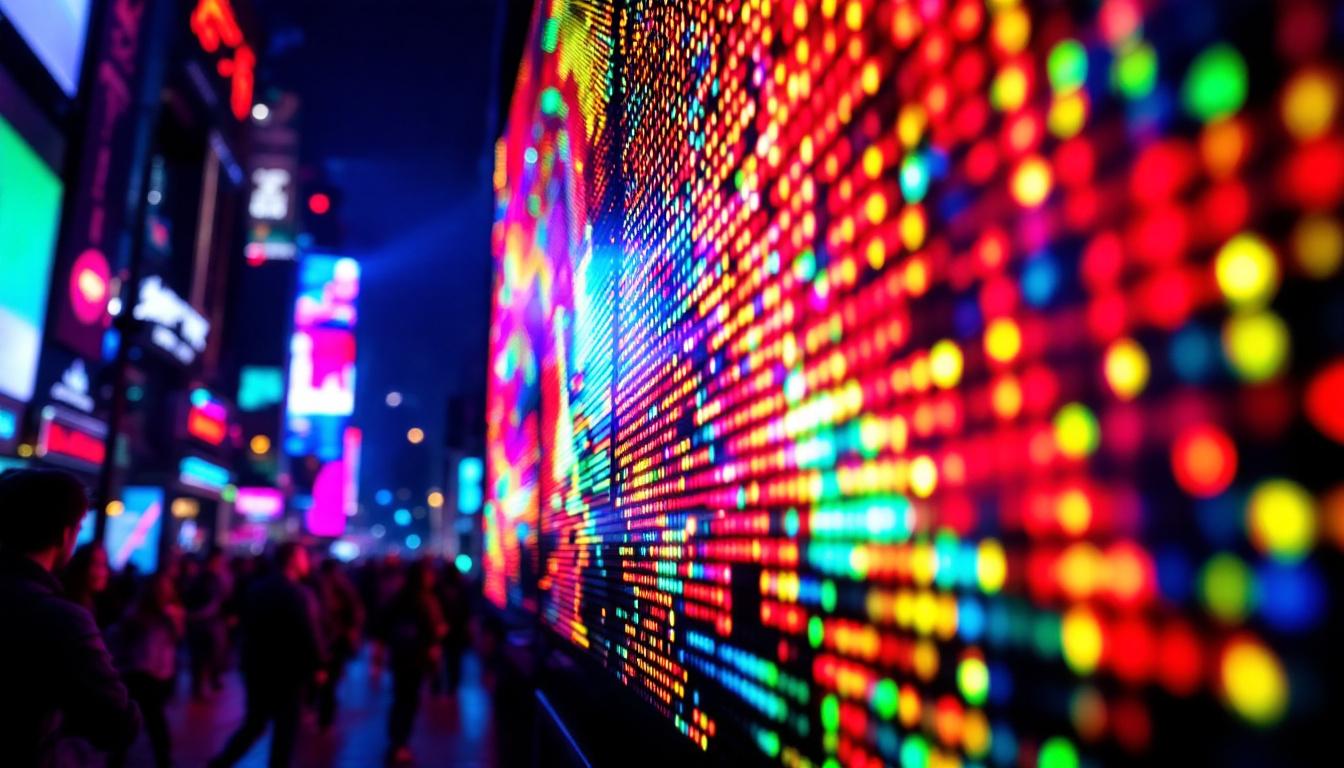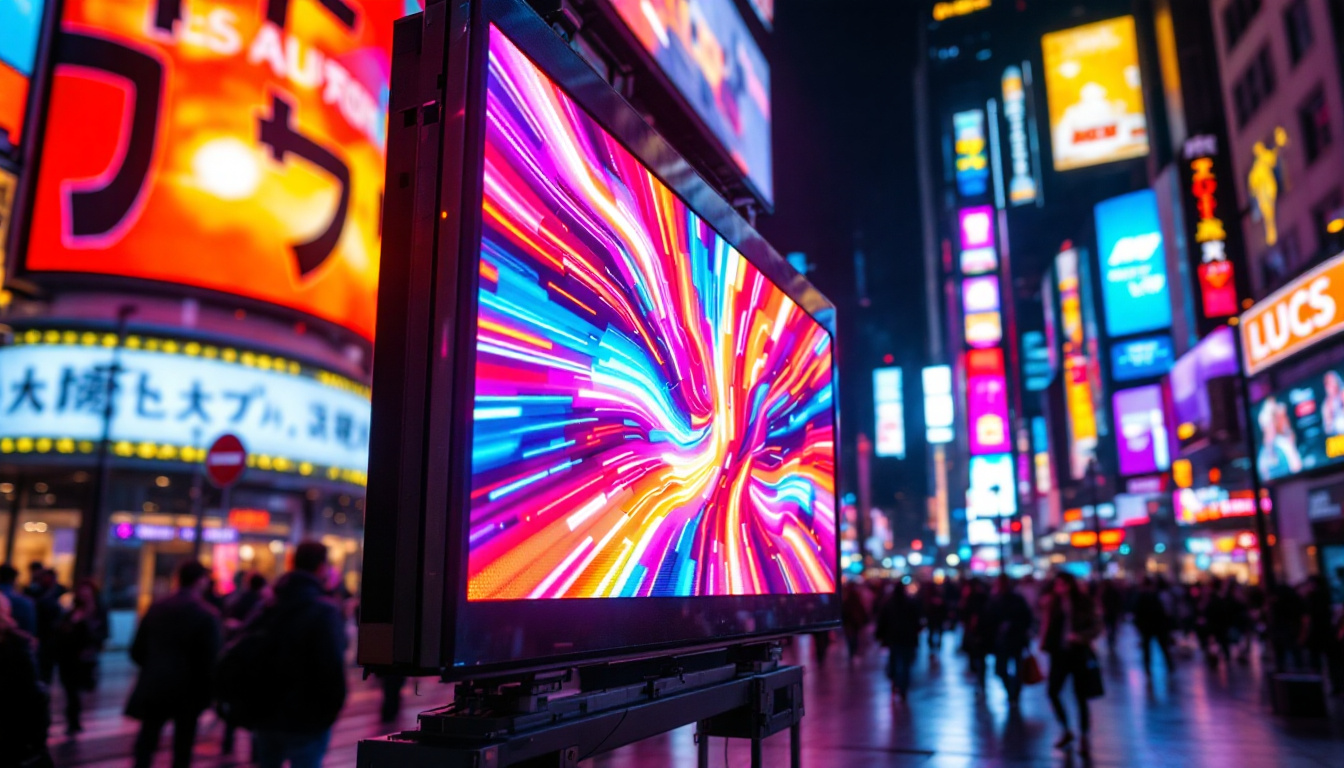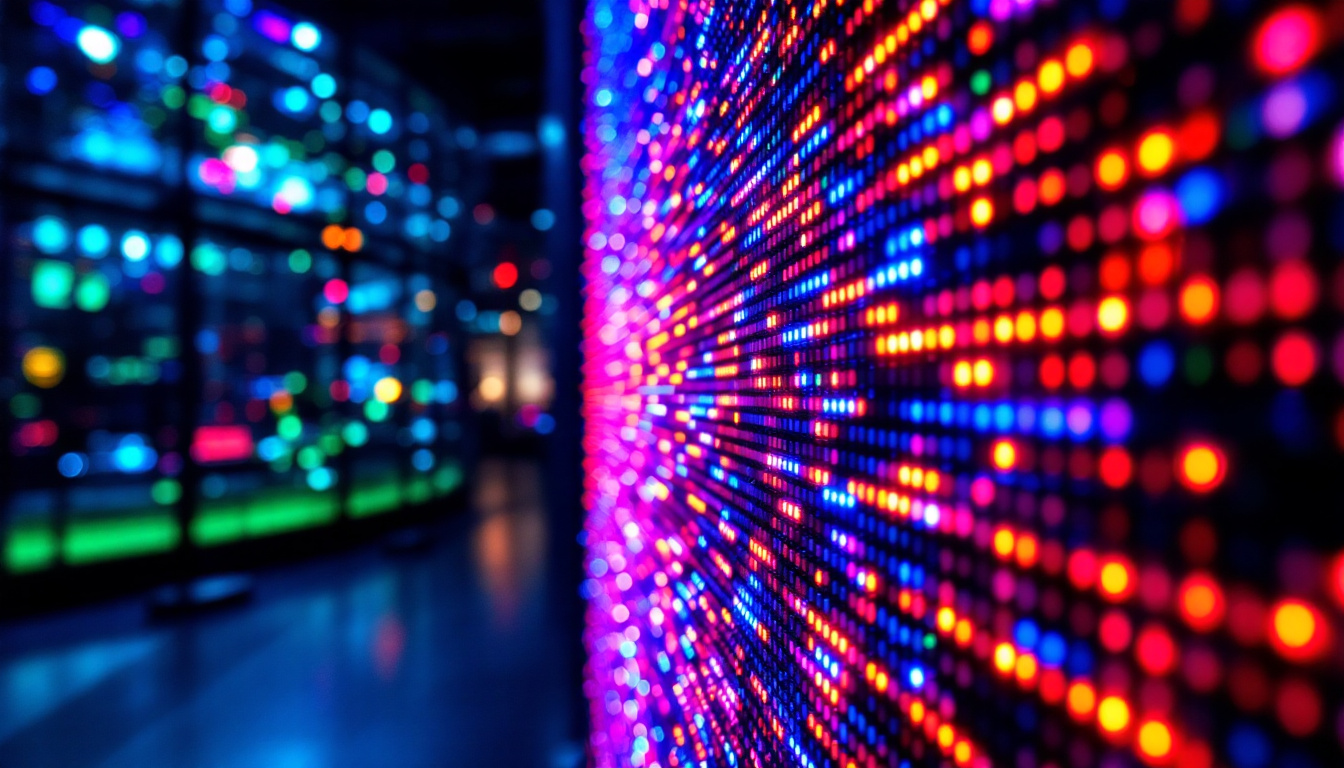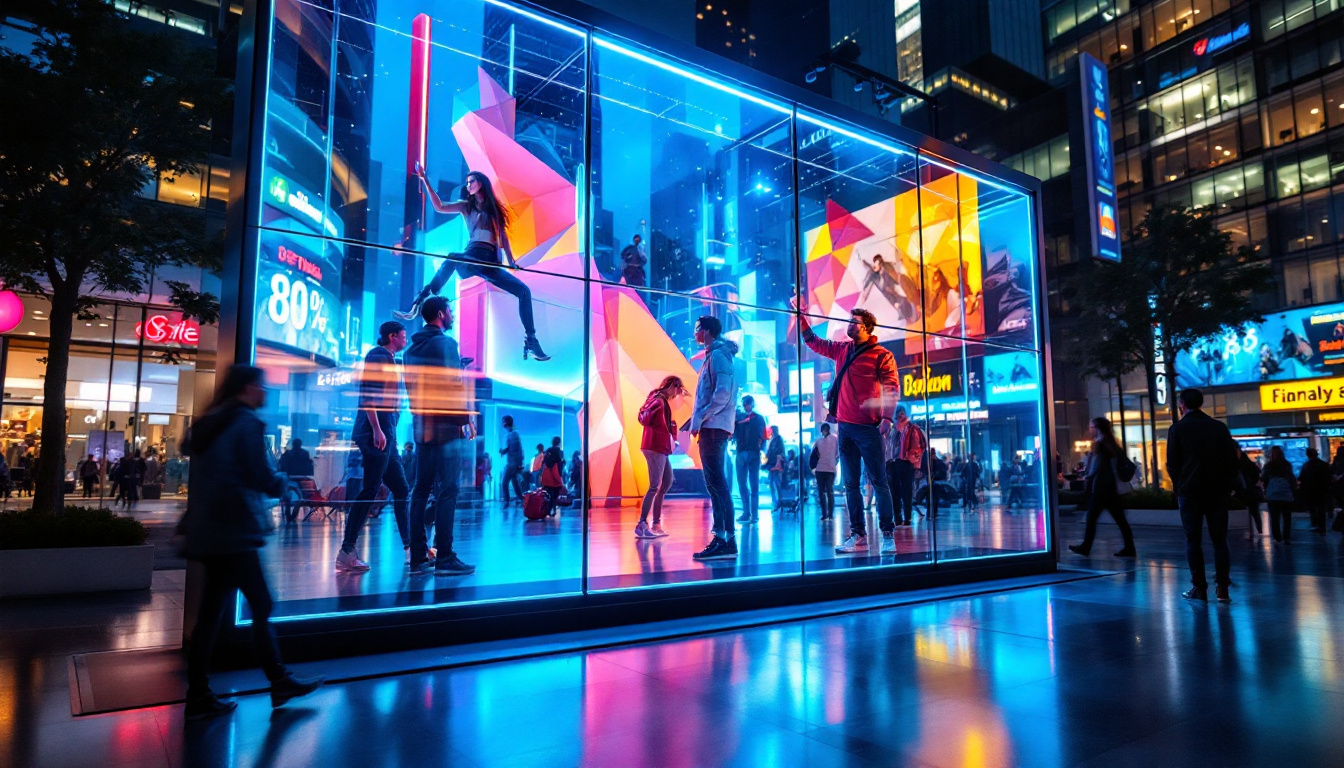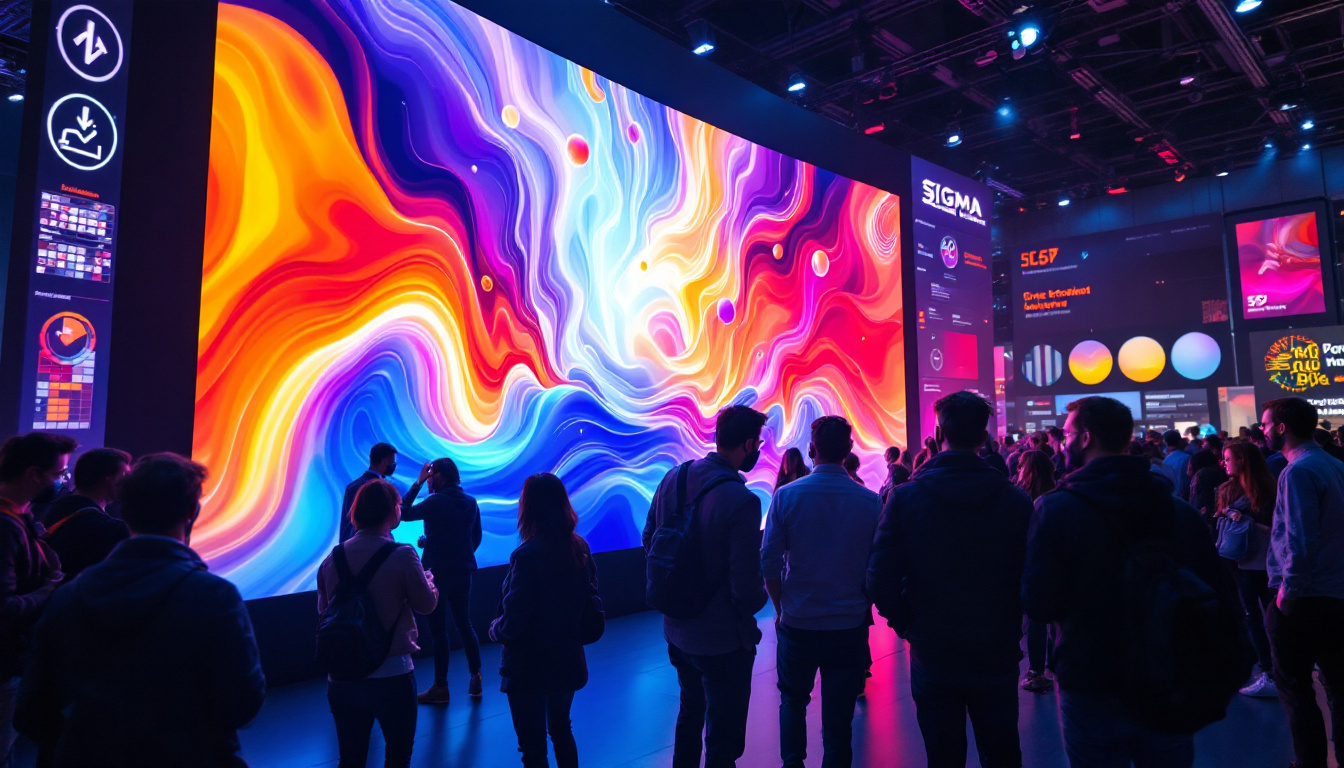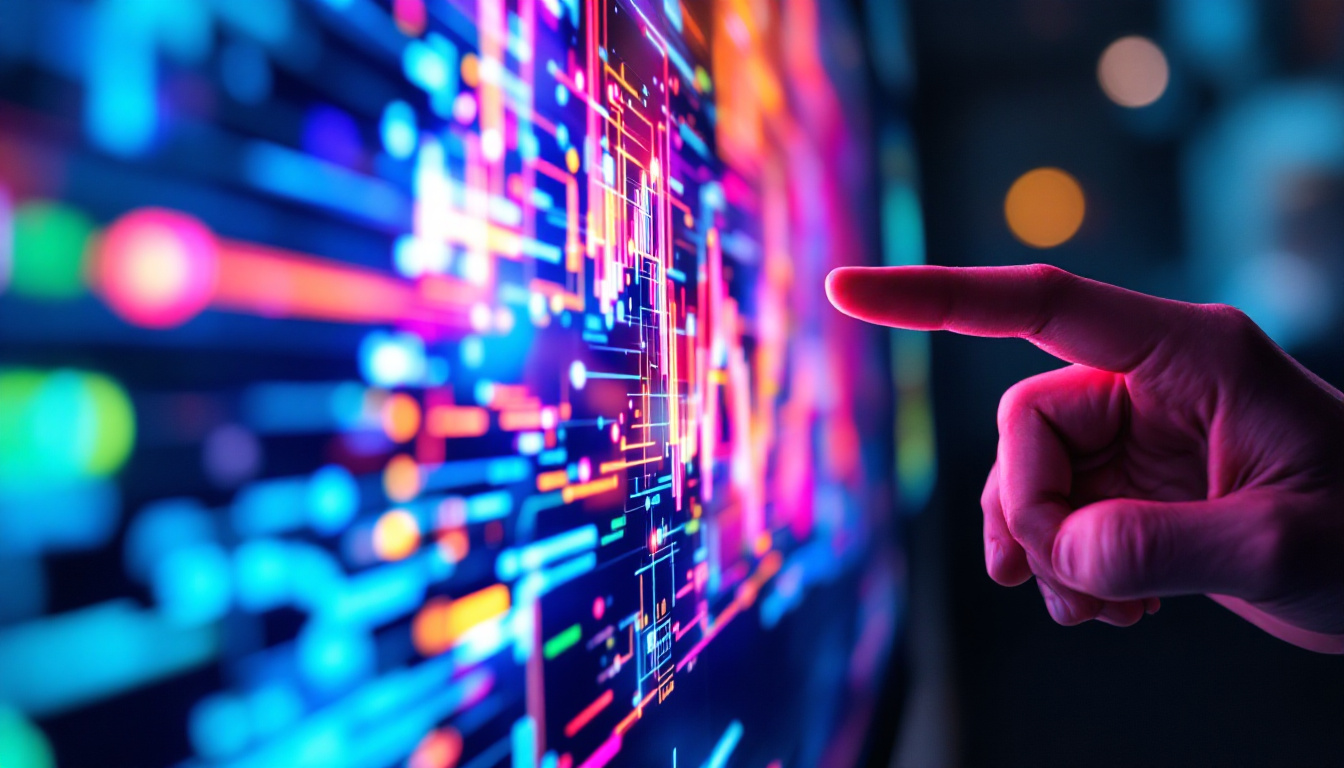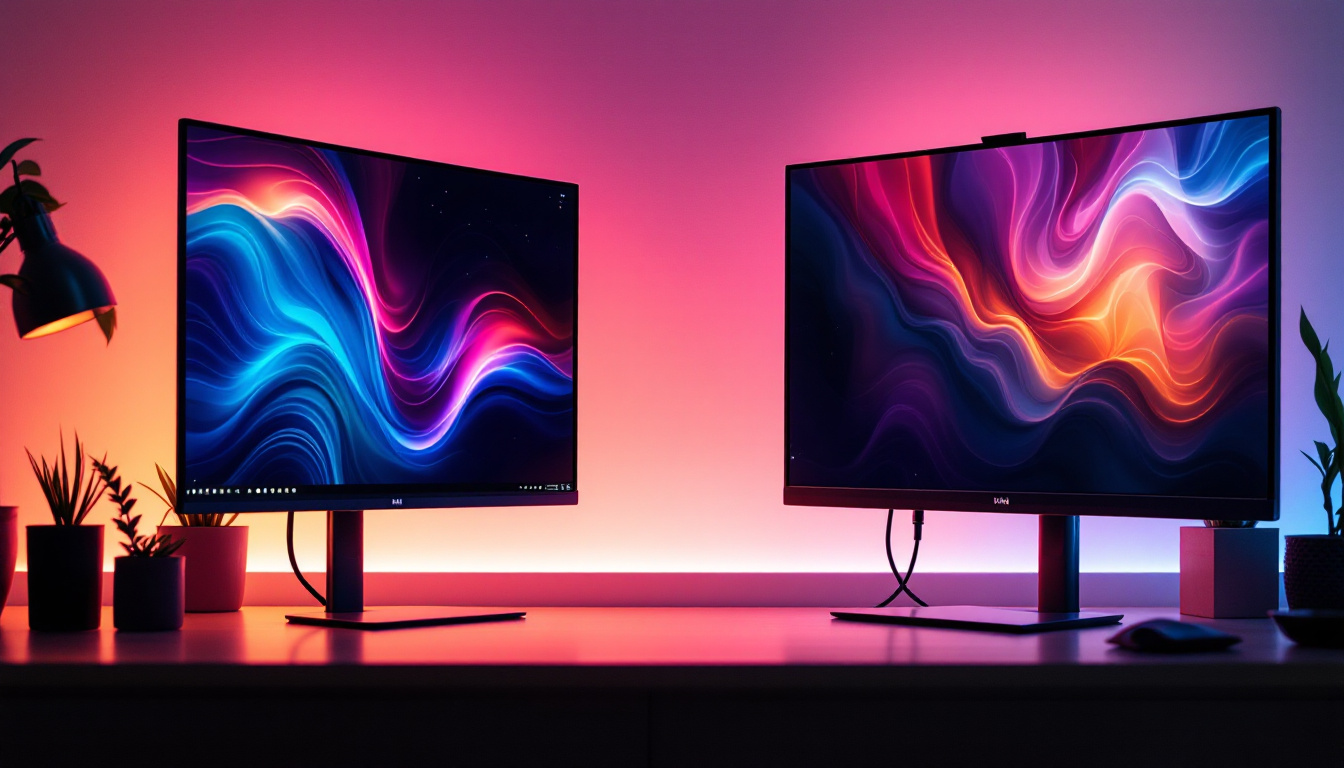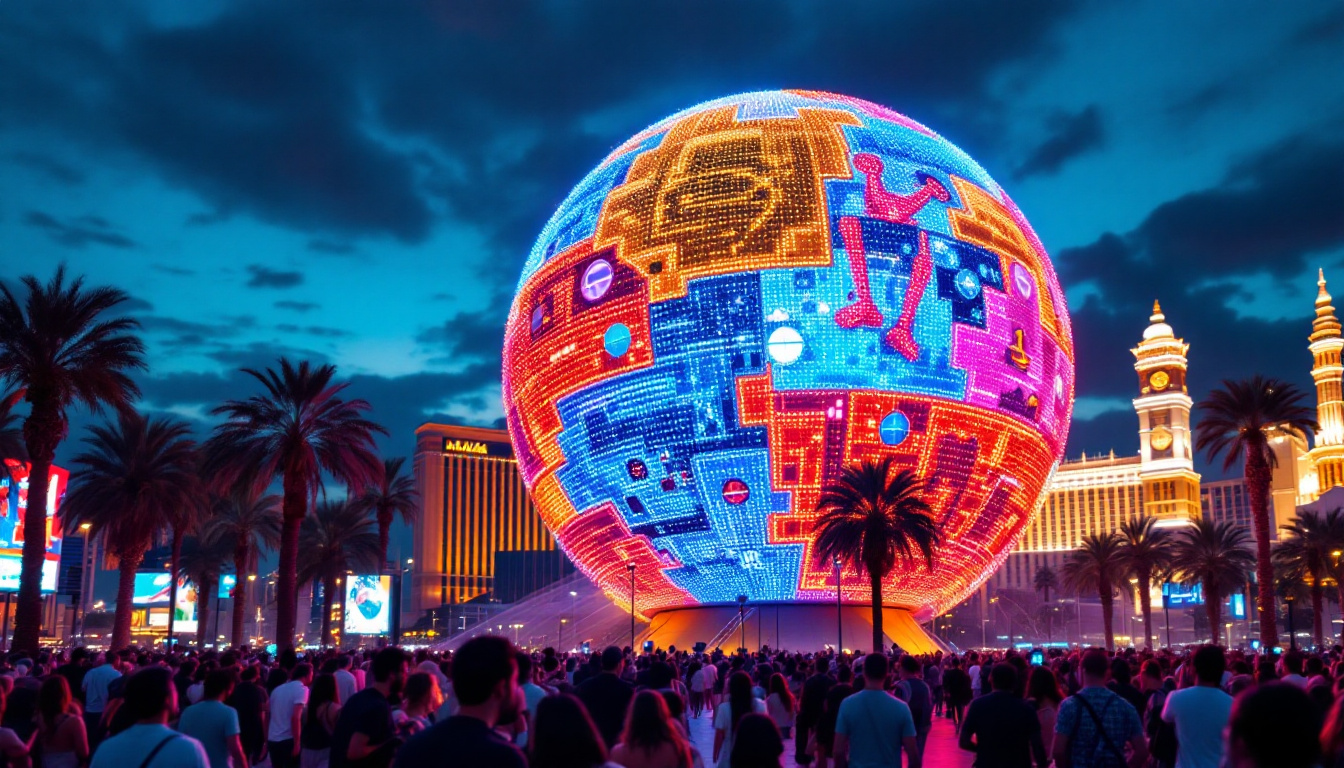In the rapidly evolving world of digital technology, LED displays have become a cornerstone of modern visual communication. From vibrant billboards in Times Square to the sleek screens in smartphones and televisions, LED technology powers a vast array of devices that shape how we consume information and entertainment. This article delves into the fundamentals of LED displays, exploring their design, operation, applications, and future trends, providing a comprehensive understanding for professionals, enthusiasts, and curious readers alike.
Understanding LED Display Technology
At its core, an LED (Light Emitting Diode) display is a flat panel that uses an array of light-emitting diodes as pixels to produce images. Unlike traditional LCDs that rely on backlighting, LED displays generate their own light, resulting in brighter images, better contrast, and improved energy efficiency. This self-illuminating capability allows for a more dynamic range of colors and deeper blacks, making LED displays increasingly popular in both consumer electronics and professional applications.
What is an LED?
An LED is a semiconductor device that emits light when an electric current passes through it. This phenomenon, known as electroluminescence, occurs because electrons recombine with electron holes within the device, releasing energy in the form of photons. LEDs are highly efficient, durable, and capable of producing a wide spectrum of colors depending on the materials used in their construction. This versatility has led to their adoption in various fields, from automotive lighting to architectural illumination, and even in horticulture, where specific wavelengths can promote plant growth.
Types of LED Displays
LED displays come in various forms, primarily categorized into two types: direct-view LED and LED-backlit LCD displays.
Direct-view LED displays consist of individual LEDs arranged in a matrix, each acting as a pixel. These are commonly used in large-scale outdoor screens, stadium displays, and digital billboards. They offer exceptional brightness and visibility even under direct sunlight, making them ideal for advertising and public announcements. Additionally, advancements in technology have allowed for finer pixel pitches, enabling high-resolution images that can be viewed from various distances without loss of detail.
LED-backlit LCD displays use LEDs as a backlight source behind an LCD panel. This technology is prevalent in televisions, computer monitors, and mobile devices, offering improved color accuracy and thinner profiles compared to older CCFL-backlit LCDs. The integration of local dimming features in LED-backlit LCDs further enhances contrast by allowing specific areas of the screen to dim or brighten independently, resulting in a more immersive viewing experience. Furthermore, the energy efficiency of these displays has made them a preferred choice for manufacturers aiming to meet environmental standards while delivering high-quality visuals.
As the demand for high-performance displays continues to rise, innovations in LED technology are paving the way for even more advanced applications. For instance, MicroLED technology, which utilizes microscopic LEDs to create images, promises to deliver even greater brightness, contrast, and color accuracy than traditional LED displays. This emerging technology is being explored for use in everything from wearable devices to large-scale video walls, showcasing the versatility and potential of LED technology in shaping the future of visual displays.
Design and Construction of LED Displays
The design of an LED display involves intricate engineering to balance brightness, resolution, color accuracy, and power consumption. Understanding the components and structure helps appreciate the sophistication behind these ubiquitous screens.
Pixel Structure and Arrangement
Each pixel in an LED display typically comprises three sub-pixels: red, green, and blue LEDs. By varying the intensity of these sub-pixels, the display can produce a full range of colors through additive color mixing. The resolution of the display depends on the density of these pixels, often measured in pixels per inch (PPI) or pixel pitch (the distance between pixels).
For example, a high-definition LED display used in smartphones may have a pixel density exceeding 400 PPI, delivering crisp and detailed images. In contrast, large outdoor LED billboards prioritize brightness and size over pixel density, with pixel pitches ranging from 3mm to 20mm or more.
Modules and Cabinets
To build large LED displays, manufacturers use modular designs. LED modules—small panels containing a matrix of LEDs—are assembled into larger units called cabinets. These cabinets are then combined to create the final display. This modular approach facilitates easier maintenance, scalability, and customization of display size and resolution.
Driving Electronics and Control Systems
LED displays require sophisticated driving electronics to control the brightness and color of each LED. These systems include power supplies, driver ICs (integrated circuits), and controllers that process input signals from video sources. Advanced control systems enable features such as dynamic brightness adjustment, color calibration, and synchronization with external devices.
Applications of LED Displays
LED displays have transformed numerous industries by offering versatile and impactful visual solutions. Their adaptability has led to widespread adoption across diverse sectors.
Advertising and Digital Signage
One of the most visible applications of LED displays is in advertising. Digital billboards and signage leverage the high brightness and vivid colors of LED technology to capture attention in busy urban environments. According to a 2023 report by Grand View Research, the global digital signage market is projected to reach $32 billion by 2028, driven largely by LED display advancements.
Dynamic content capabilities allow advertisers to update messages in real-time, tailor content to specific audiences, and integrate interactive features, enhancing engagement and return on investment.
Entertainment and Events
Concerts, sports arenas, and theatrical productions utilize large-scale LED displays to enhance the audience experience. These displays provide live video feeds, graphics, and special effects that are visible from great distances. The flexibility of LED panels enables creative stage designs and immersive environments.
Consumer Electronics
In consumer electronics, LED technology underpins many of the screens we interact with daily. From smartphones and tablets to televisions and computer monitors, LED-backlit LCDs and OLEDs (organic LEDs) offer superior image quality, energy efficiency, and slim form factors. The ongoing innovation in LED materials and manufacturing processes continues to push the boundaries of display performance.
Transportation and Public Information
LED displays are integral to transportation systems, providing real-time information on buses, trains, and airports. Their high visibility and reliability make them ideal for displaying schedules, alerts, and directions. Smart city initiatives increasingly incorporate LED signage for traffic management and public safety communications.
Advantages and Challenges of LED Displays
While LED displays offer numerous benefits, they also present certain challenges that designers and users must consider.
Advantages
- Brightness and Visibility: LEDs can achieve brightness levels exceeding 5,000 nits, ensuring clear visibility even in direct sunlight.
- Energy Efficiency: LEDs consume less power compared to traditional display technologies, contributing to lower operational costs and environmental impact.
- Durability and Longevity: LED displays are robust, with lifespans often exceeding 100,000 hours, reducing maintenance and replacement frequency.
- Color Accuracy and Contrast: The ability to control individual LEDs allows for deep blacks and vibrant colors, enhancing image quality.
- Flexibility: Modular designs enable custom sizes and shapes, including curved and flexible displays.
Challenges
- Cost: High-resolution and large-format LED displays can be expensive to manufacture and install, though prices have decreased significantly over the past decade.
- Heat Management: LEDs generate heat that must be dissipated effectively to maintain performance and longevity.
- Pixel Pitch Limitations: For very close viewing distances, such as smartphones, achieving extremely fine pixel pitches requires advanced manufacturing techniques.
- Environmental Concerns: Disposal and recycling of LED components require careful handling due to electronic waste regulations.
Future Trends in LED Display Technology
The LED display industry is poised for continued innovation, driven by advances in materials science, manufacturing, and integration with emerging technologies.
MicroLED and MiniLED Technologies
MicroLED and MiniLED represent next-generation display technologies that promise improvements in brightness, contrast, and energy efficiency. MicroLEDs are tiny LEDs, often less than 100 micrometers in size, that can be assembled into displays with exceptional resolution and color fidelity. Unlike OLEDs, MicroLEDs do not suffer from burn-in and offer longer lifespans.
MiniLEDs, larger than MicroLEDs but smaller than traditional LEDs, are used primarily as backlighting for LCD panels, enabling higher contrast ratios and improved HDR performance.
Flexible and Transparent Displays
Research into flexible and transparent LED displays is opening new possibilities for design and application. Flexible displays can be curved or bent without losing functionality, ideal for wearable devices and innovative advertising formats. Transparent LED displays allow for see-through screens that can be integrated into windows or glass surfaces, blending digital content with real-world views.
Integration with IoT and Smart Technologies
LED displays are increasingly integrated with Internet of Things (IoT) systems, enabling dynamic, context-aware content delivery. Smart displays can adjust brightness based on ambient light, display personalized information, and interact with other connected devices, enhancing user experience and operational efficiency.
Sustainability and Eco-Friendly Innovations
As environmental concerns grow, manufacturers are focusing on sustainable materials, energy-saving designs, and recyclable components. Innovations in LED chip design aim to reduce power consumption further while maintaining performance, supporting global efforts to reduce carbon footprints.
Conclusion
LED display technology has revolutionized the way information and entertainment are presented across numerous industries. Its unique combination of brightness, efficiency, and versatility makes it an indispensable tool in modern digital communication. Understanding the design principles, applications, advantages, and challenges of LED displays equips professionals and consumers to make informed decisions and appreciate the technology’s impact.
Looking ahead, emerging innovations like MicroLED, flexible displays, and smart integration promise to expand the capabilities and applications of LED technology even further. As the digital landscape continues to evolve, LED displays will remain at the forefront, illuminating the future of visual experiences.
Illuminate Your World with LumenMatrix
As you embrace the future of visual experiences illuminated by LED technology, LumenMatrix stands at the vanguard, ready to elevate your brand’s presence with our innovative LED display solutions. From the immersive Indoor LED Wall Display to the dynamic Outdoor LED Wall Display, and from the versatile Vehicle LED Display to the sleek LED Poster Display, our offerings are designed to captivate and engage. Explore our range including LED Sports Displays, Floor LED Displays, Custom LED Displays, All-in-One LED Displays, and LED Transparent Displays. Join us in revolutionizing visual communication and create unforgettable visual narratives. Check out LumenMatrix LED Display Solutions and let your message shine with unparalleled clarity and impact.

